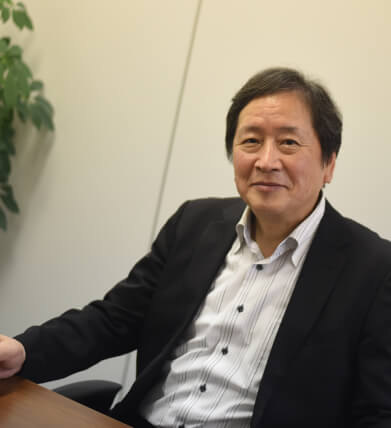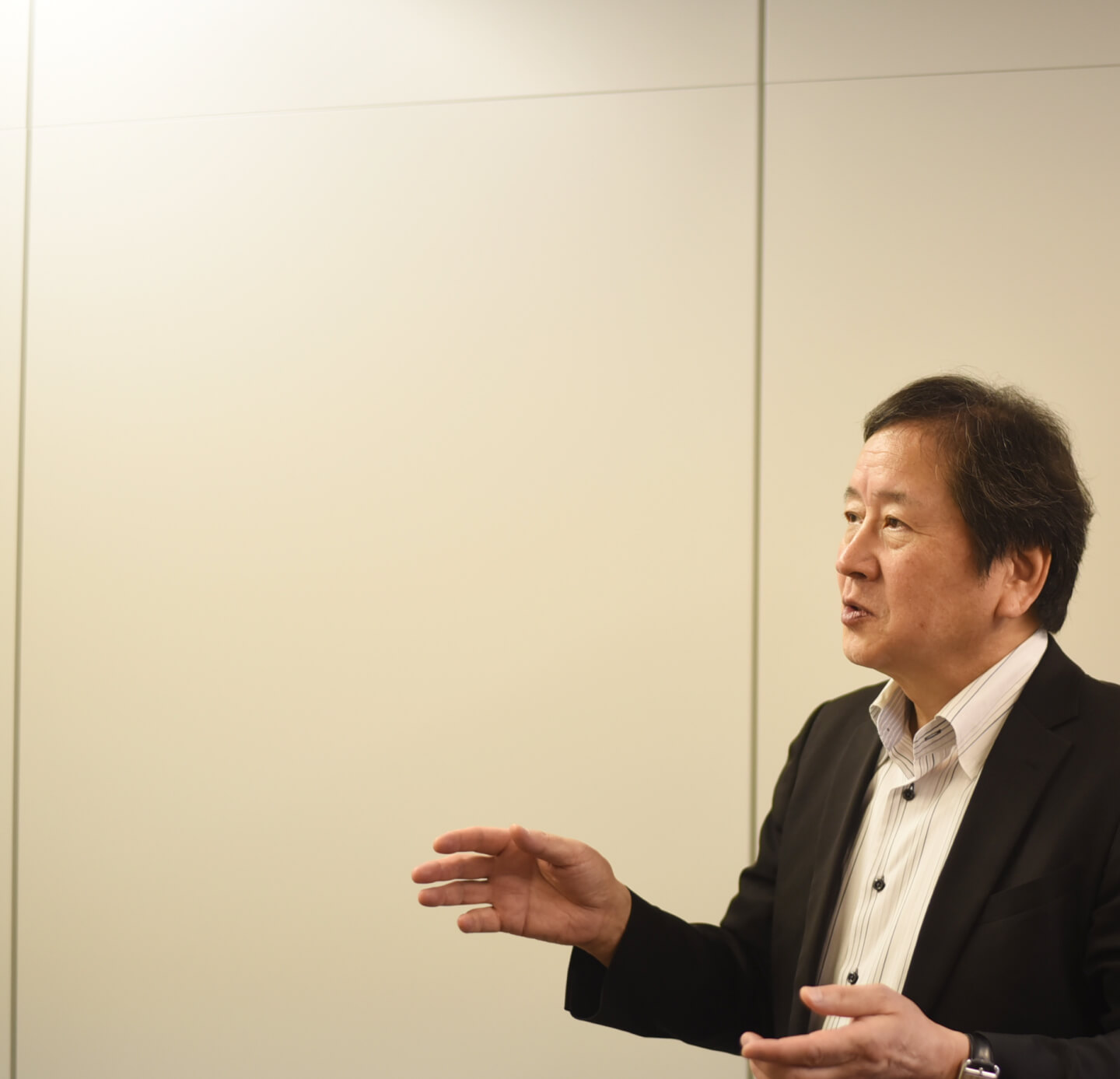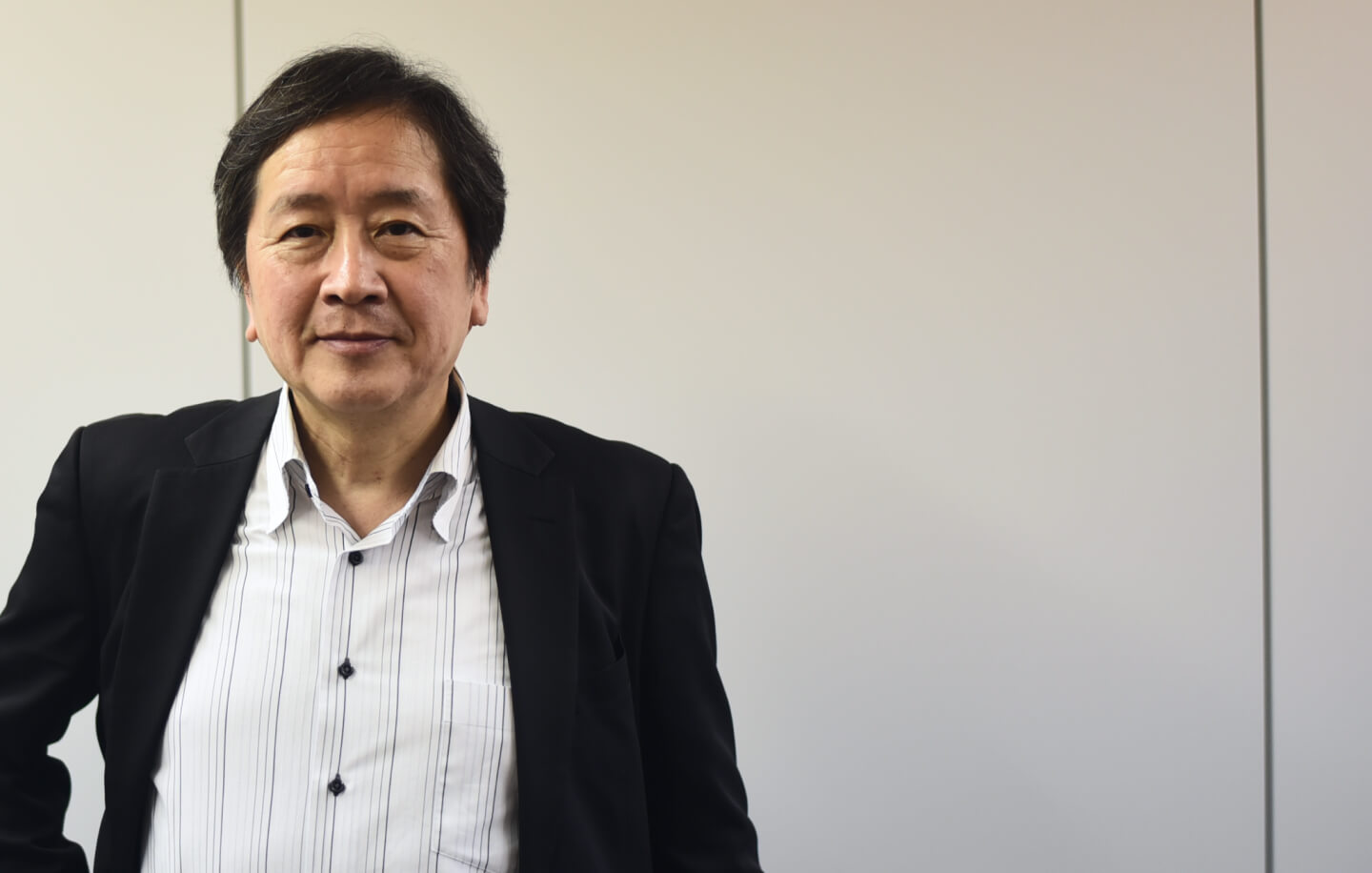45-year career in the design and construction
of
civil engineering structures at home and abroad.
Please introduce yourself.
My name is Seiya Sakuma. I was born in 1956 and I'm 68 years old. I joined a general contractor Hazama Corporation (presently known as Hazama Ando) in 1979. After being assigned to a dam site for two and a half years, I worked in the technical department based at the head office until retirement. I then worked for five years for a subsidiary of Ando Hazama, which specialises in foundation works, before entering consultancy and working on overseas projects. I joined the company in 2023 after having a chance to work with JEM.
Tell us about the work you have done so far.
I spent a long time in the engineering department of the head office at Hazama, where I joined as a graduate, so I have a wide range of experience. They range from underground structure design, on-site technical studies, construction management and tender design for overseas projects. I was involved in the construction of the underground in Malaysia and the tender design of the Bosphorus railway crossing project. I have visited more than 60 countries in my work.

How do you spend your private time?
When I was young, I was active and did a lot of sports. I was a member of the sailing club when I was a
student, so I used to sail a lot when I was young. Then I also did skiing and windsurfing. I used to
wear thick wetsuits like fishermen wear and play in the sea and lakes in the middle of winter.
When I stayed in Egypt for work around the age of 65, I tried diving, which I had wanted to do for a
long time, and even got a PADI Open Water Diver licence. The Red Sea, where I enjoyed diving, is a
really clear sea. These days I haven't been able to go to the sea, but I enjoy playing golf.



JEM attracts highly skilled personnel
from abroad
Why did you decide to join JEM?
I had known the company itself for some time, as the chairman, Mr Oyabu, is from the Hazama Group. I had
worked abroad and wanted to continue to work abroad, but I had been approached by my previous employer to be
assigned to domestic projects. When I was wondering about my future, I had a chance to meet JEM and decided to
join the company because I wanted to be involved in overseas projects on site on an annual basis as a
consultant.
I was also attracted to the fact that many people in JEM are still active beyond the age of 60 or 70. The
appeal of JEM is that it has an environment where people of our age can work with peace of mind. I also
sympathised with the background that JEM was set up with an awareness of the problem of people having
difficulty being hired due to their age, or having difficulty finding work in Japan, even though they have
developed their skills overseas.
Tell us about your first year in the company and the work you have been involved in at JEM.
A specific example is the study of ground consolidation settlement at an overseas plant. When a load is applied over a soft clay layer, the water in the soil is pushed out and released, causing the ground to sink. This would cause damage to buildings. When constructing overseas plants, I was involved in the preliminary design stage to examine how much settlement would occur and how many years it would take for the settlement to subside. I also travelled overseas for a month or so as a technical advisor for shield construction projects. On site in Japan, I often work on urban civil engineering-related projects. I am involved in many construction projects that are familiar to people's daily lives, such as excavation work for underground structures and the design of temporary underground stations.
‘Sincere and serious’, an attitude that has held true
for 45 years and continues to work.
What is important to you in your work?
What is important to me in my work is to tackle everything in a simple but sincere and diligent manner and not to give up. If I change my point of view or go back and verify, I will see the light and eventually find a breakthrough. In all of our technical design, verification and drabble processing, I keep thinking about how we can do it faster, cheaper and safer. This has not changed since the beginning of my career.

What do you plan for the future of your life?
I will be 68 this year and I would like to work abroad while I am still healthy. In fact, maybe it is working that keeps me healthy. If I don't work, my legs and back will weaken. I take my life of working in construction for granted, and JEM offers an environment in which I can be active even after I reach 70. I'm still trying to continue working.



